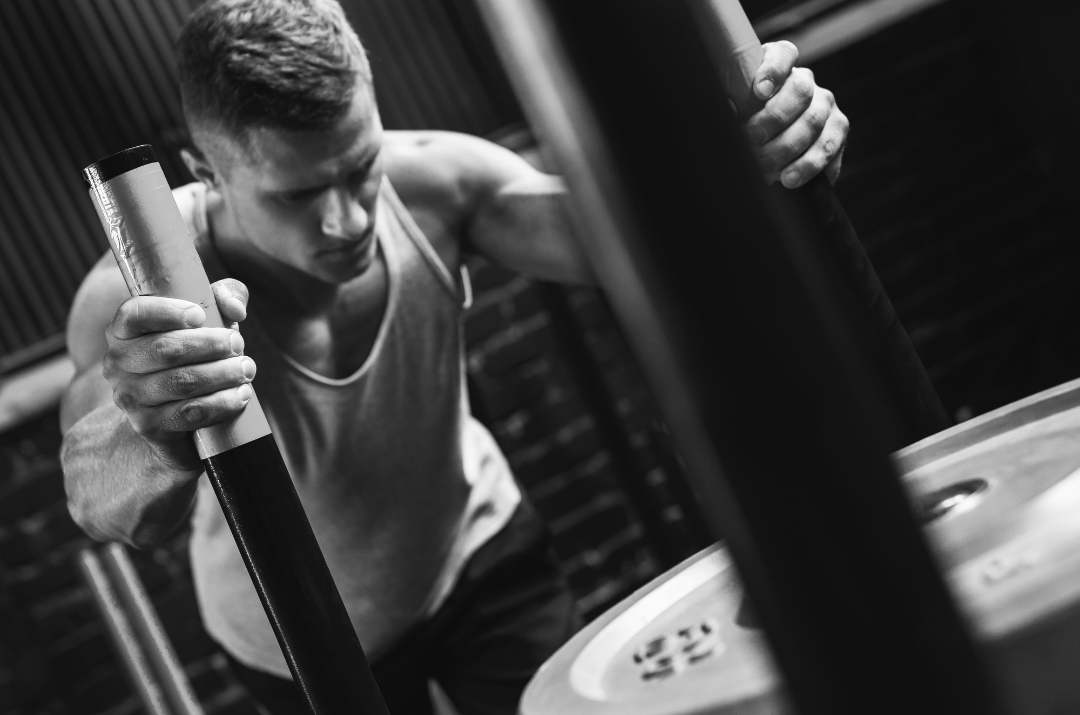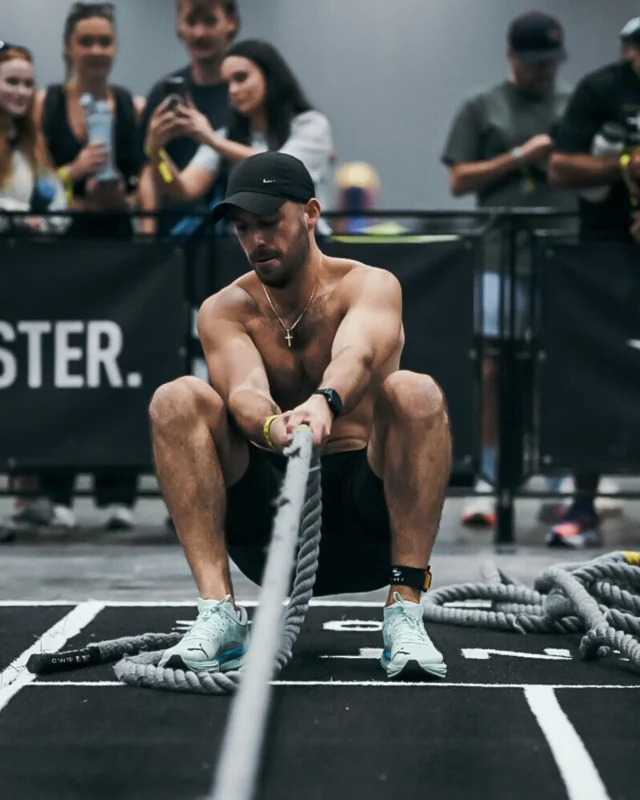A pain in the bottom!
Today I am going to tell you about a rare and under-diagnosed form of hip pain known as ischial bursitis or “weaver’s bottom”.
What is ischial bursitis?
Ischial bursitis occurs when there is inflammation or irritation of the ischial bursa which is located over the bony prominence of the ischium deep to the gluteal maximus muscle in the pelvic region. This bursa is a small synovial fluid filled sac which prevents the gluteals muscles from rubbing on the sitting bone in your bottom- your ischium. When this sac gets irritated and inflamed, more synovial fluid is produced by the body in response which causes the bursa to become slightly larger and become compressed by the gluteal muscles which as a result causes quite a bit of pain and discomfort. This condition can be quite limiting and can prevent many people from continuing sport and running activities and can affect their ability to sit at work without an onset of pain.
How does it occur?
Ischial bursitis can develop as a result of prolonged sitting postures and positions, especially on hard surfaces which can cause friction and aggravate the ischial bursa. Development may also occur from unaccustomed activity such as getting back into running or hiking.
Signs and symptoms:
The signs and symptoms of ischial bursitis are very similar to those of other more common conditions such as hip joint pain, lower back pain and sciatica.
- Pain in the lower third of the bottom that can range from being an ache to being quite sharp in nature. (Can sometimes also be present in the front of the hip).
- Weakness in the hip and leg on the affected side.
- Inability to lie on the affected side to sleep due to pain.
- Running and prolonged sitting postures can make symptoms worse.
- Exercises that stretch the gluteal muscles will make the symptoms worse.
- Reduced mobility and a possible limp.
- Pain that can refer down into the calf on the affected leg and can be present with pins and needles.
Treatment and management:
The good news is that with proper management and treatment the condition can settle down and you can recommence the activities you love.
Treatment from an experienced physiotherapist will involve looking at provocative postures and positions to identify any contributing muscle imbalances, joint stiffness or muscle length issues which will help relieve compression off the irritated ischial bursa. A comprehensive rehabilitation program will also be of use when suffering from this condition to allow you to gradually return to activity and prevent re-occurrence of the pain.
And if things don’t seem to be settling down with conservative management there are other forms of medical management which can ease the pain including the use of anti-inflammatory medication and injections.
The key to getting better if you are suffering from ischial bursitis is accurate diagnosis and management. So if you are troubled by hip or bottom pain that’s not getting better come in and get an accurate diagnosis from one of our friendly Physiotherapists at Bend + Mend in Sydney’s CBD!






Hi Emillie ,
I have had bilateral ischial pain for 12 months. I am a 70 y old retired physician in good physical shape.
I have cycled for many years and owned several bikes. I always replace the skinny hard seat that comes with most cycles & buy a more padded version. That has been effective avoiding ischial tuberosity discomfort.
The problem I have now is that cycling induces my pain which seems to have an inflammatory origin. It hurts getting out of my car seat , but mostly I have minor
inconvenience from my problem. Sometimes getting out of a chair I give myself help with my arms ! I look like a gluteal weakened nursing home resident for a moment ! Walking is fine. I am physically active and not restricted by the problem.
I have diagnozed ischial bursitis in runners , helped by cortisone injection. However, I have not heard of the problem in pedallers !
Are there some exercises I can do ? Should I have an US to clarify the diagnosis?
Cheers , Philip
Hi Philip,
I am sorry to hear that you are experiencing troubles bilaterally with some pain in the region of your ischial tuberosities.
Ischial bursitis does present as pain in the region of the ischial tuberosities; however it is not the only problem that may be causing pain and discomfort in this area. As you would be aware, pain in this area can come from the hamstring insertions, can be referred from your lower back, nearby neural structures or could even be from the posterior structures of the hip joint itself, just to name a few.
As a first step I would recommend seeing a physiotherapist in your area to get a thorough assessment of your condition to narrow in on what might be causing your pain (if you want I can take a look via our Telehealth appointments, or if you are in Sydney I could take a look in person.) This will help guide the management of your pain and ensure you get the most accurate treatment!
It is great that you are looking to get into some exercises to help manage the pain, this is the initial management for most ischial pain conditions. From what you have noted, it sounds like you are experiencing a bit of weakness in your gluteals and will be a good area to strengthen, however the exercises that will help you the most are different depending on what your diagnosis is. A physiotherapist will be able to help see if you have any muscular imbalances in your lower limbs and trunk and will be able to show you which exercises are appropriate for you. As for the US I would say that that having it looked at by a physiotherapist would be your first step and then if required they will refer you onwards.
Thanks for taking the time for getting in touch Philip!
Dear Emilie, I am a 72 year old woman in good health. I have had pain in my R buttock for 10 weeks. My physic gave me glute stretching exercise to start with and when they didn’t help changed to strengthening exercises for my back which made my lower back sore. I am an ex nurse so not surprised to have lower spine degeneration, diagnosed with X-rays. However my biggest problem is pain deep in my buttock after standing even for a very short time, typically preparing dinner at the kitchen bench. It becomes so extreme that I have to sit instead of stand Do you think it is ileogluteal bursitis and if massage and stretching are contraindicated what can I do? Any standing as in a shop causes the pain to start and nothing short of sitting down alleviates it after several minutes. Thank you for your opinion
Hi Rosemary,
Thank you for taking the time to read through my blog. I am really sorry to hear you are having ongoing issues with your lower back and buttock. It is good that you have trialed some exercises and physiotherapy treatment to help alleviate your symptoms but it is unfortunate that these haven’t helped.
Typically ischial bursitis is worse in sitting positions rather than standing positions. You seem to be experiencing the opposite with your symptoms. I would suggest that for you it would be important to get an accurate diagnosis for your buttock pain to help guide your treatment as many issues can cause pain in this area, such as referral from the lower back, hip joint pathologies and gluteal tendon issues. If you are in the Sydney area I could take a look and try to help you identify what is going on, otherwise we do offer Telehealth services where we could discuss things further online. If neither of these are an option, a second opinion from a physiotherapist in your area would be of benefit.
Hopefully this helps and thank you for getting in contact.
Kind regards,
Emillie